For every house or apartment, everyone buys various lights. The way the light will shine is one of the important aspects when choosing. We distinguish two types of lighting. Direct and indirect. But what does it mean in practice?
Direct lighting
When you hear direct lighting, you will probably imagine sharp and bright light. These are lights that are pointed at a certain room or an object. This means that they shine directly. We can use this form of lighting for various purposes. Direct lighting is used, for example, as a basic or main light or also in places where you would like to illuminate a certain part of the room or highlight a certain object.
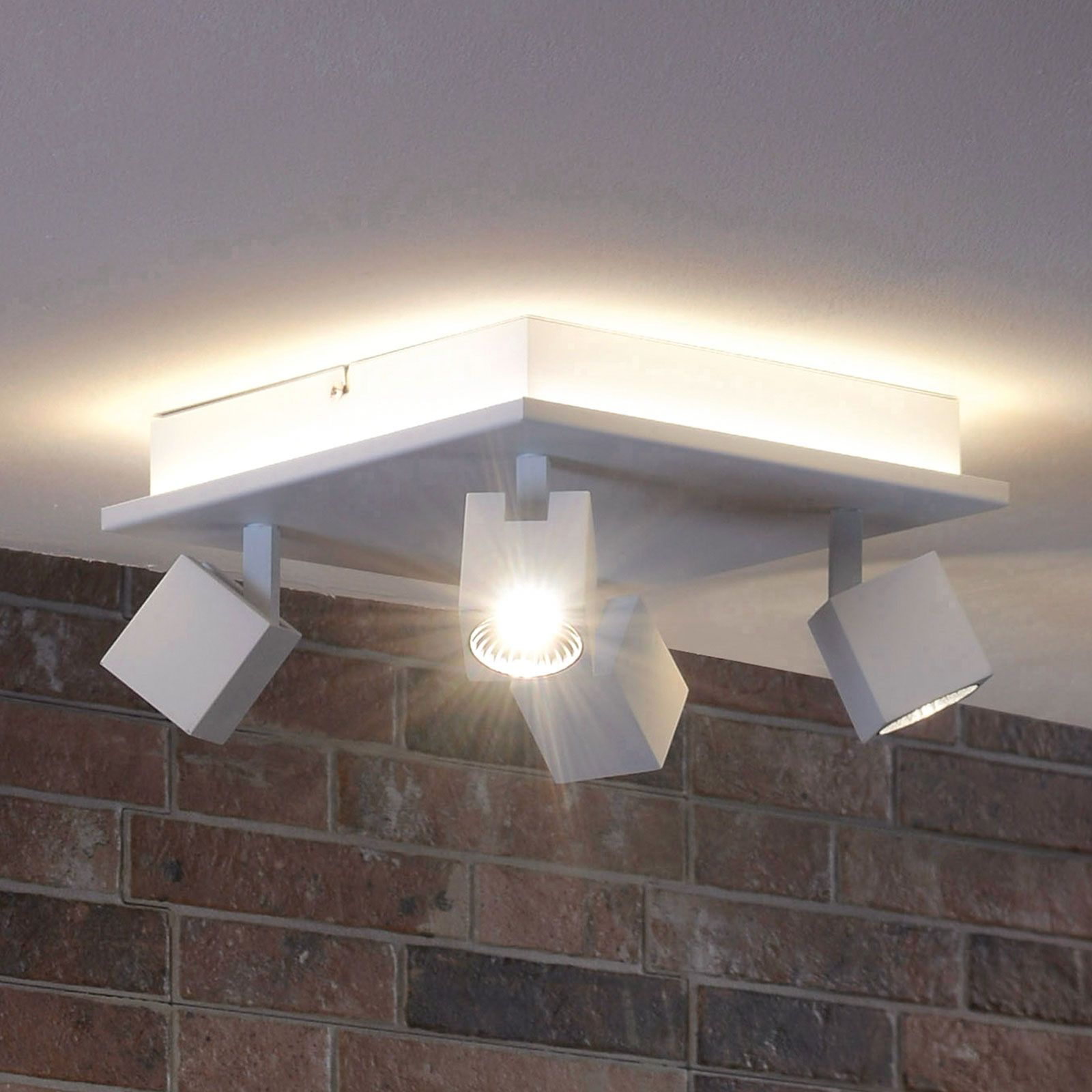
Indirect lighting
There is a difference with the indirect lighting, in contrast to the direct one. It is a light that is reflected from a ceiling or wall and in this way shines evenly throughout the room. For indirect lighting, warm white color is most often used, which guarantees a pleasant atmosphere and it does not dazzle.
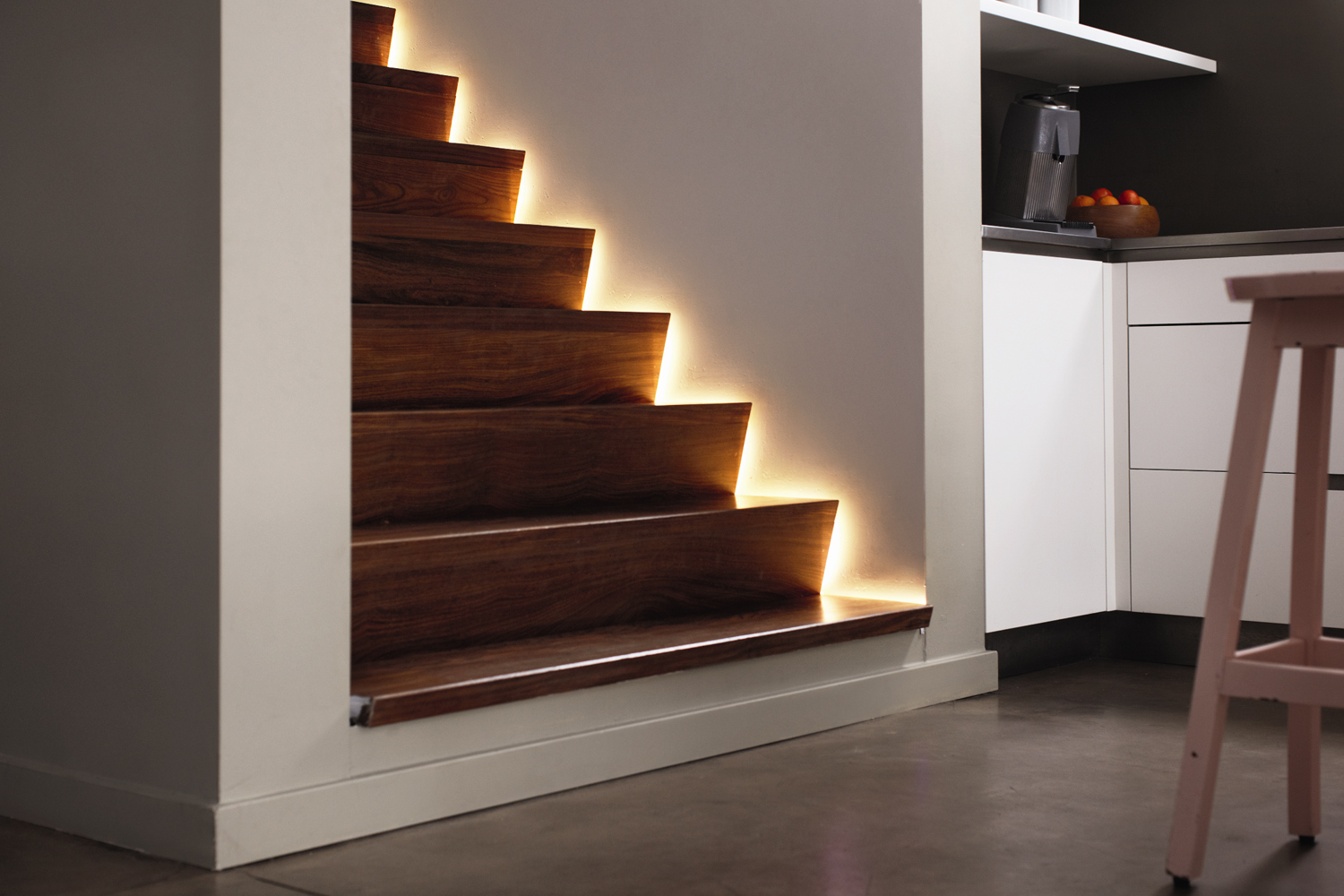
What to think about when choosing
With direct light, you always need to keep in mind that there is shouldn't be dazzling and that it shouldn't shine directly into your eyes. The direction of its light should then be adjusted so that it does not reflect from different reflective surfaces. This can be, for example, a TV or computer screen.
Indirect light can also cause eye fatigue. That can happen if it is the only one in the room. In practice, this means that the best and correct lighting of the entire room is ensured by the right combination of direct and indirect lighting.
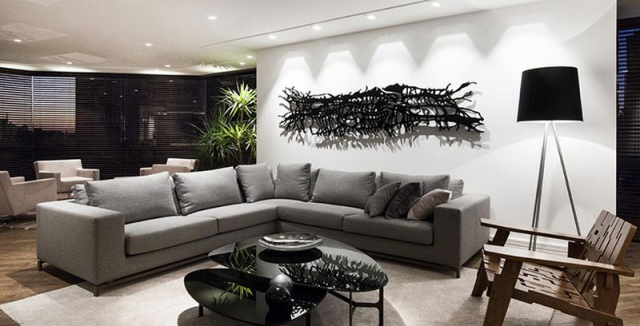
How to create indirect lighting
Indirect lighting is created, for example, with ceiling or wall light. With wall lights, indirect lighting creates types that emit light upwards or on the wall. You can also create indirect light with other lights with smaller or larger lampshades. LED strips placed on the bottom side of furniture are perfect for this purpose.
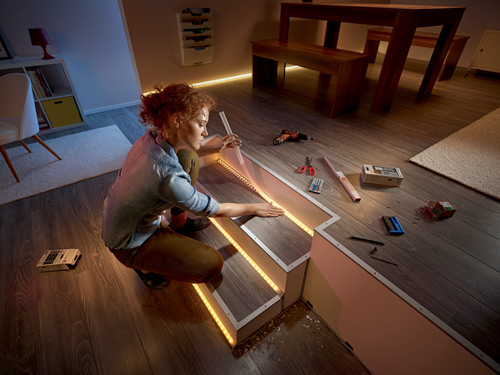
Examples of the use of direct and indirect lighting
Several types of lights are great for direct lighting. To highlight different places or objects, you can use various spotlights, which you can direct to wherever you need. Depending on what you specifically need to illuminate, you can choose smaller wall spotlights or ceiling spotlights. Direct light is also ensured by a floor lamp. A table lamp will serve as a direct light for the desk.
Different types of lights are also suitable for indirect lighting. However, it is always necessary to keep in mind that the light source itself should be hidden. So that the light does not shine directly, but with the help of reflection. It is suitable practically everywhere you want to rest. They only emit a dim light, so your eyes will not hurt when you rest and you will be able to relax comfortably. Various LED strips that you can place on different edges of cabinets, but also stairs or corridors are also great. Various lights with lampshades can be used in the bedroom or living room.
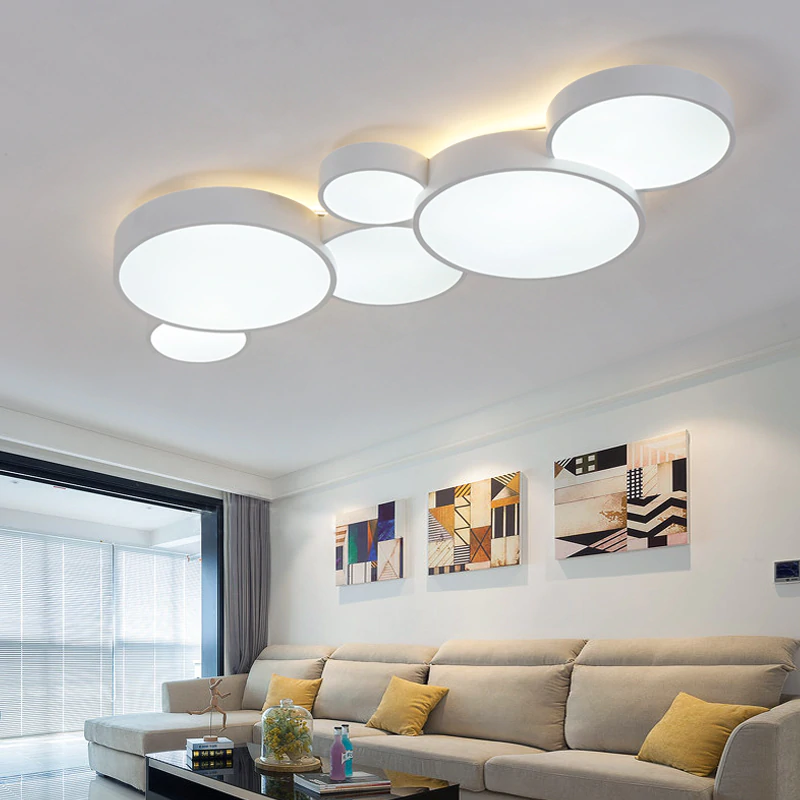
As we have already mentioned, to fulfill the purpose of direct and indirect lighting, it is necessary to combine well both of these types. This is the only way to ensure that your eyes do not hurt while you're working or resting, so you get exactly the light you need for every activity.
